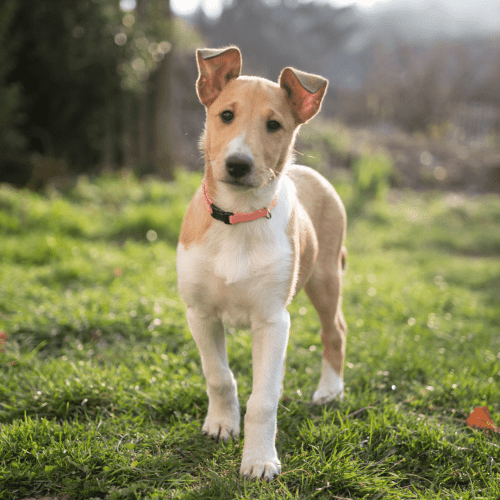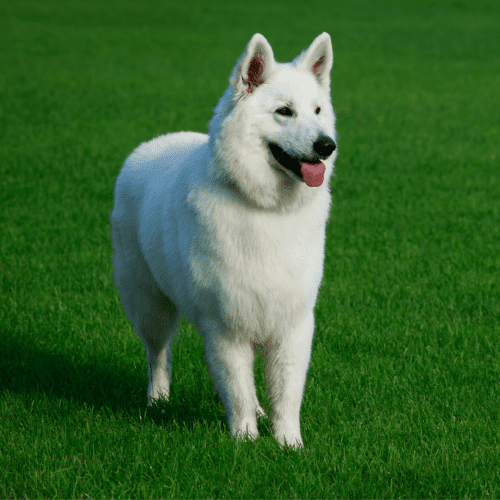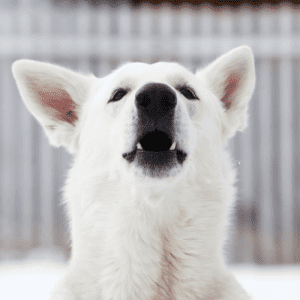
What Is The History Of The Australian Shepherd Dog Breed?
The Australian Shepherd Dog Breed is a relatively new breed developed in the United States in the 19th century. The breed was created by crossbreeding several different herding dogs, including the Australian Cattle Dog, the Border Collie, and the Shetland Sheepdog. The resulting breed was a versatile and intelligent herding dog that was well-suited to the harsh conditions of the American West. The Australian Shepherd Dog Breed is a popular companion animal and competitive show dog. The breed is also used extensively in the working world, serving as a loyal and hardworking herding dog on farms and ranches across the country.
What Does An Australian Shepherd Dog Look like?
The Australian Shepherd Dog breed has a medium-length coat, typically Merle, Black, Red Merle, Red tricolor, Black tricolor, Blue Merle, and Red. The coat is thick and dense, providing good protection from the elements. The undercoat is soft and downy, making this breed an excellent choice for those who live in colder climates. Regular brushing of coat is needed prevent matting and tangling.
How Big Is An Adult Australian Shepherd Dog?
The Male Australian Shepherd dogs stand between 20 and 22 inches in height, while the females stand at 18 to 21 inches. Male and female Australian Shepherd Dogs can vary significantly in size. The average adult male Australian Shepherd Dog weighs between 40 and 65 pounds, while the average adult female weighs between 35 and 50 pounds. However, there are always outliers, and some Australian Shepherd Dogs can weigh much more or much less than this. Ultimately, the size of your dog will depend on its specific genetics.
Are There Other Dog Breeds Related To The Australian Shepherd Dog?
Many other dog breeds are related to the Australian Shepherd Dog. These include German Shepherds, Border Collies, Australian Cattle Dogs, Australian Kelpies, Australian Stumpy Tail Cattle Dogs, Smithfield Heelers (Australian Red Heelers), McNab Shepherds, Catahoula Leopard Dogs, Briard Sheepdogs, Beauceron Sheepdogs. These breeds share characteristics with the Australian Shepherd Dog and make excellent companion animals.
What Is The Life Expectancy Of A Australian Shepherd Dog?
The average life expectancy of an Australian Shepherd Dog is around 13-15 years. However, some may live as long as 15 years or more with proper care.
Can An Australian Shepherd Dog Be Trained?
Yes, an Australian Shepherd dog can be trained to do various tasks and tricks. They are intelligent dogs that are quick to learn new commands. You can teach your Australian Shepherd basic obedience commands, such as sit, stay, come, down, and heel, with patience and consistency. They can also be trained to do more advanced tricks, such as playing fetch, rolling over, or dancing. With the proper training, your Australian Shepherd dog can be a well-behaved companion that brings joy to your life.
What Are Some Interesting Facts About An Australian Shepherd Dog?
1. Australian Shepherd Dogs are also known as ‘Aussies.’
2. They were originally bred in Australia to herd sheep.
3. Australian Shepherd Dogs are considered among the most intelligent dog breeds.
4. They are very active and require a lot of exercises.
5. An Australian Shepherd’s coat can come in many colors, including black, blue, red, and merle.
6. Aussies are loyal and protective of their family and home.
7. They are great with children and make excellent companions.
How Does An Australian Shepherd Dog Interact With People?
An Australian Shepherd Dog is a great companion for people of all ages, sizes, and energy levels. These dogs are loyal, protective, and loving dogs making them great family pets. Aussie Shepherds are also highly intelligent, making them quick learners and easy to train. Whether you’re looking for a hiking buddy or a snuggle partner, an Australian Shepherd will bring joy into your life.


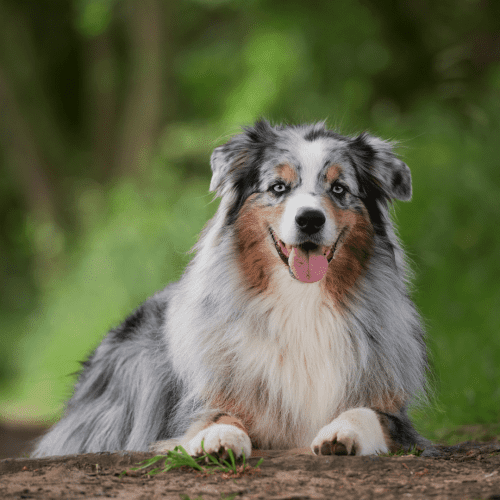
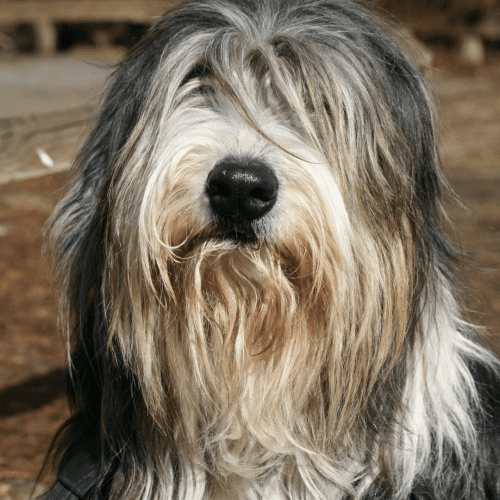

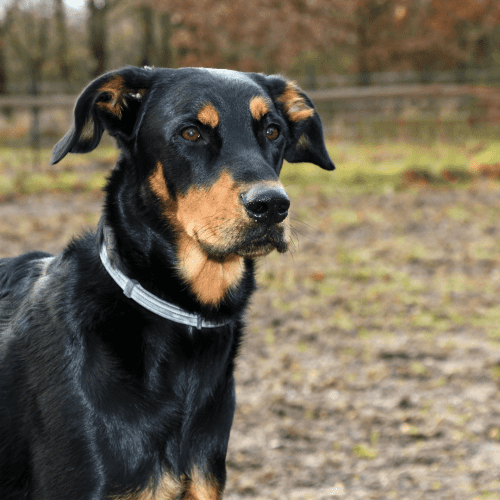

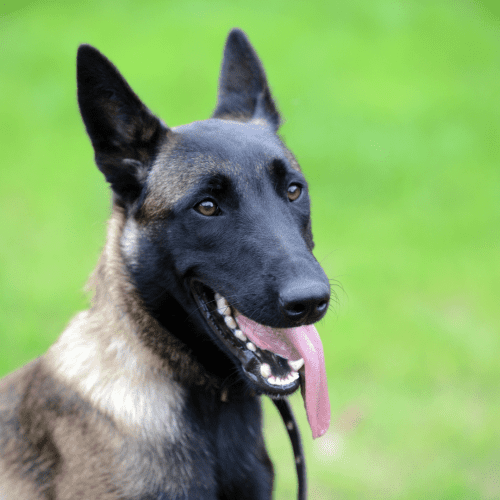
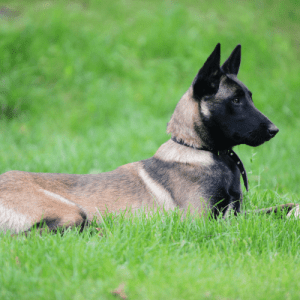
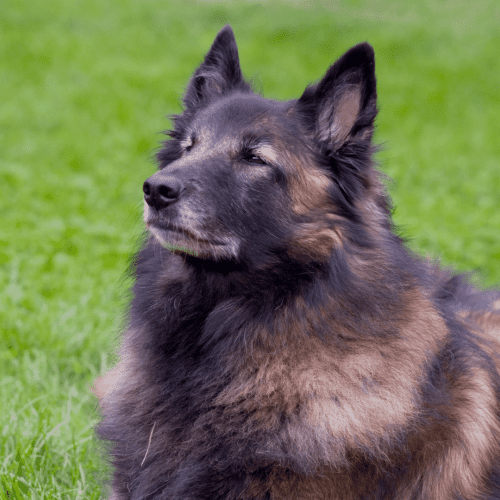

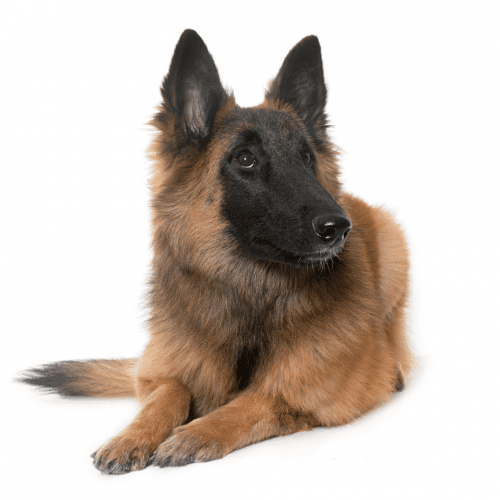



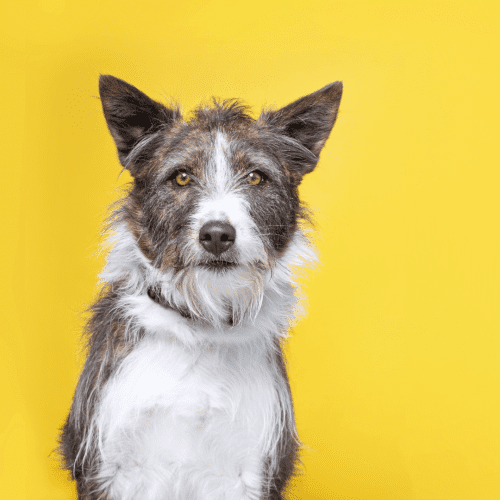

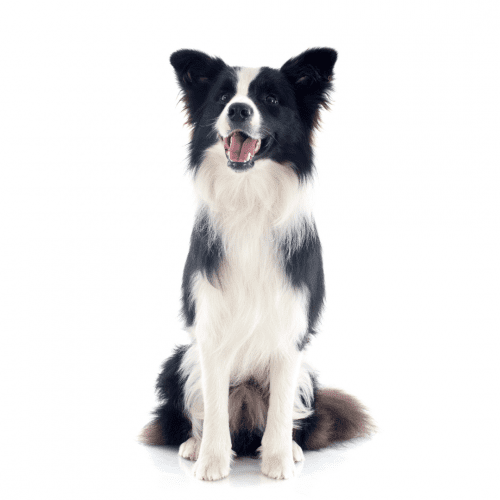

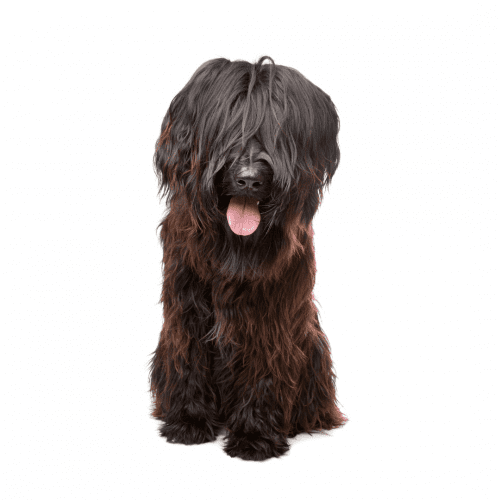

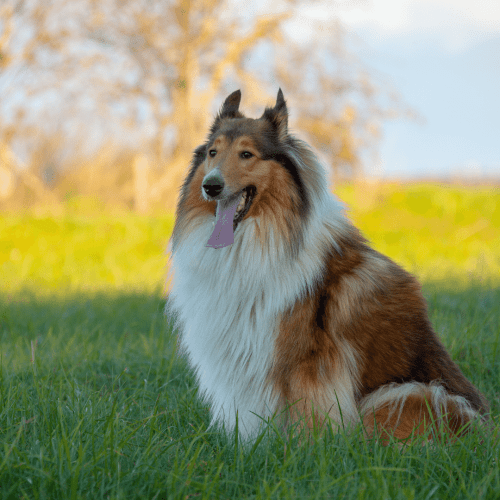

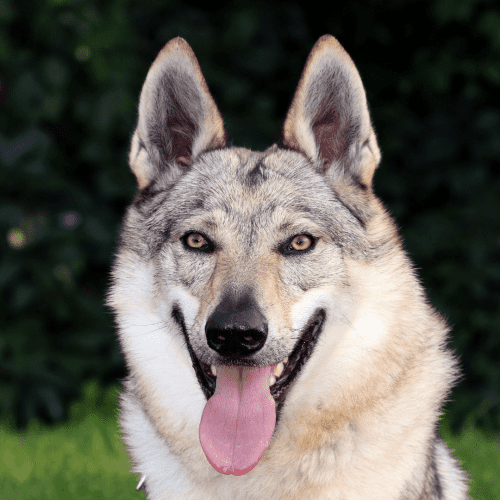
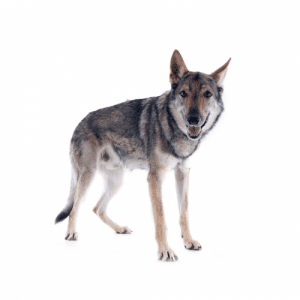
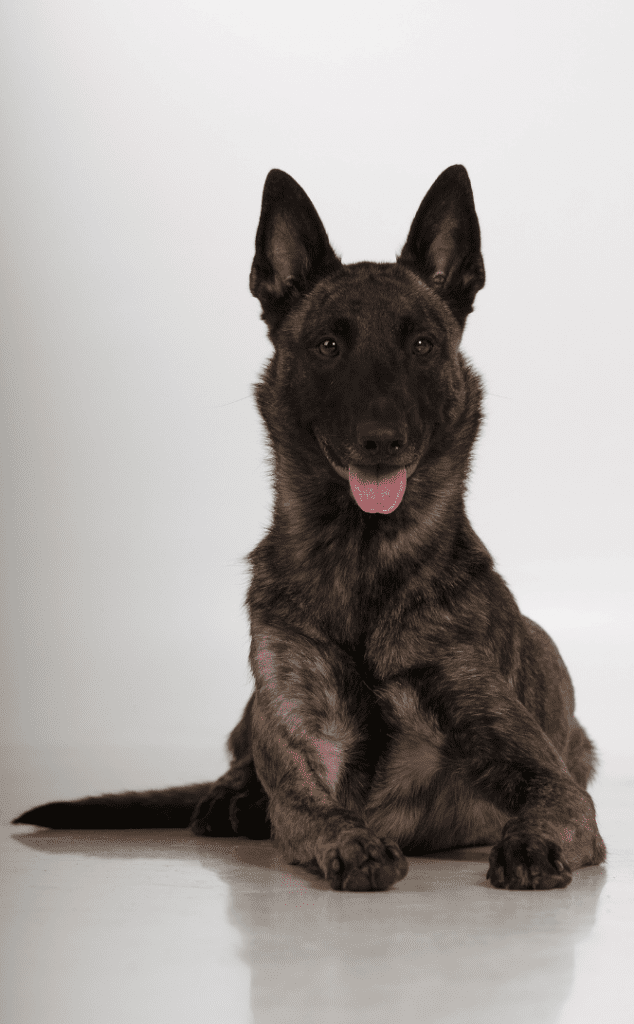

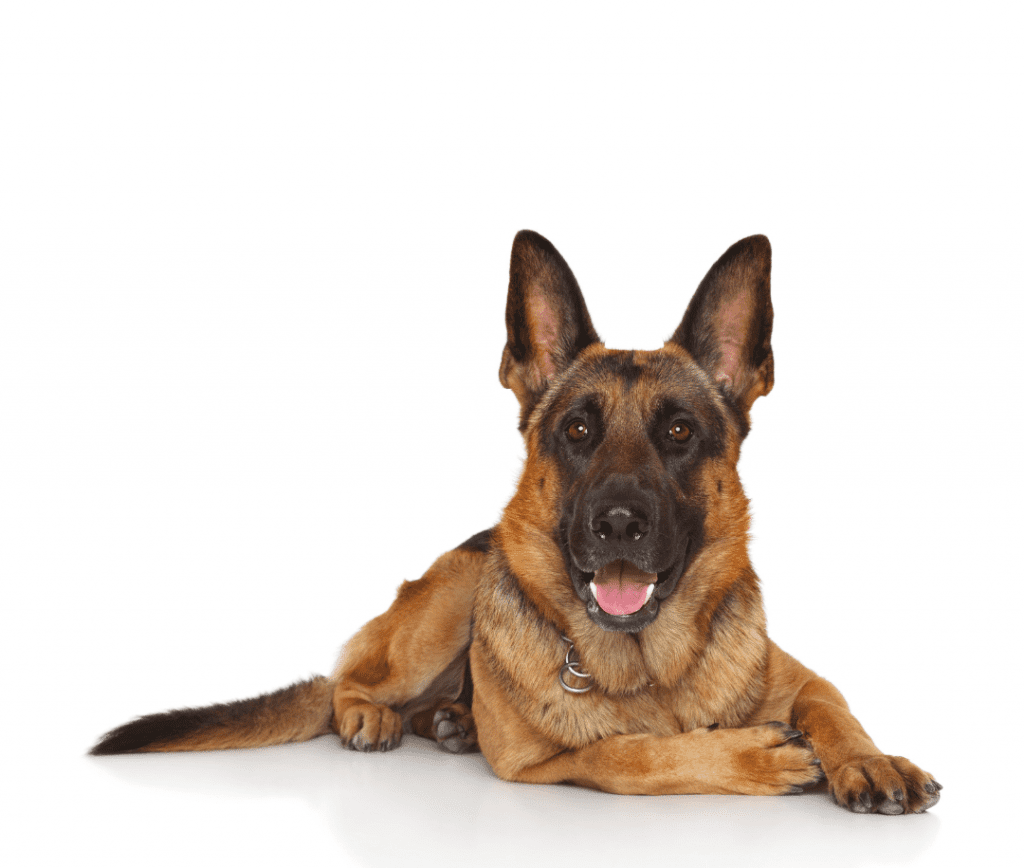
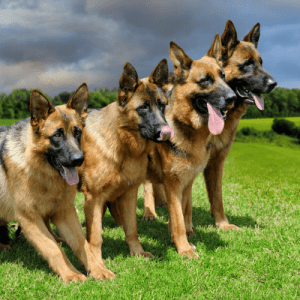
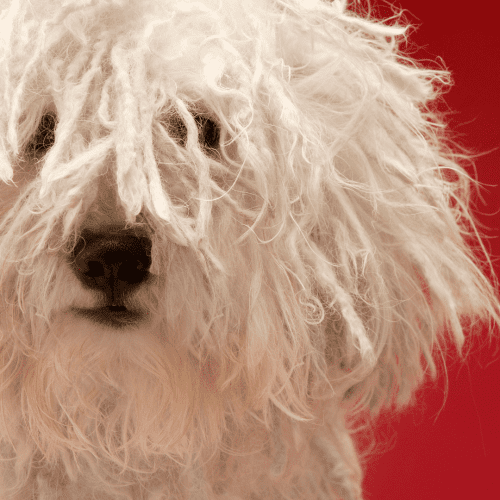

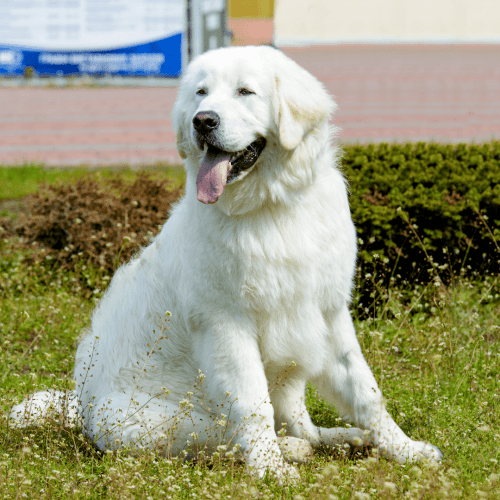

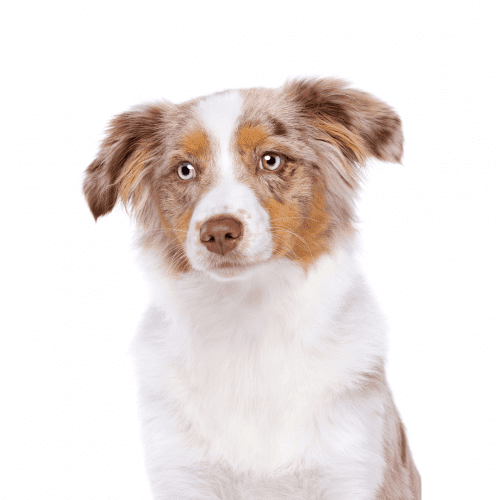

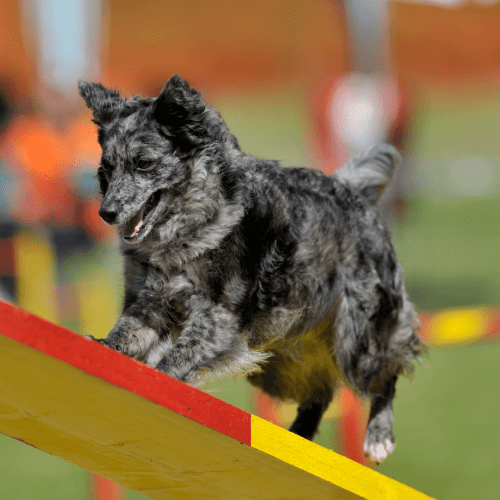

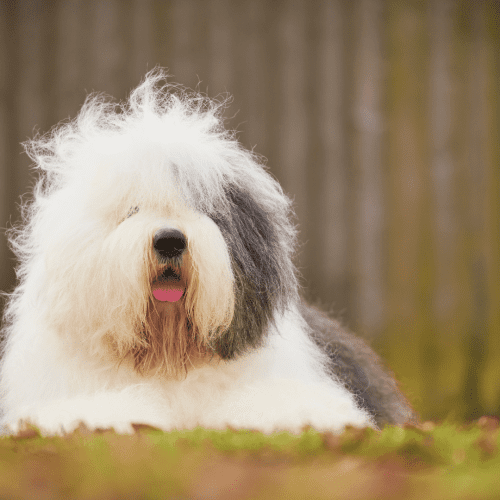

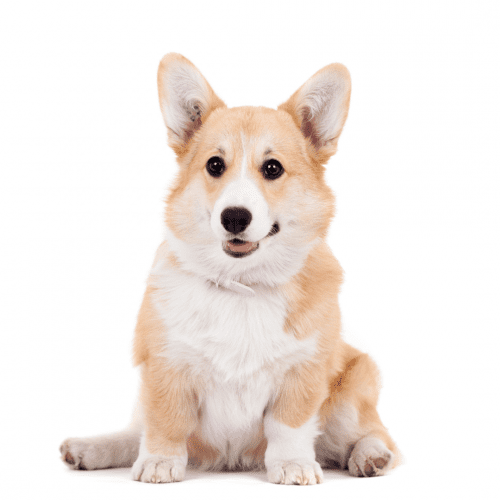
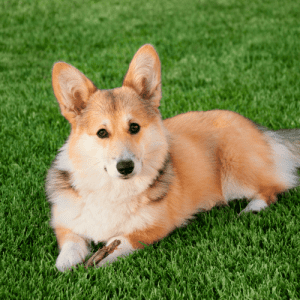
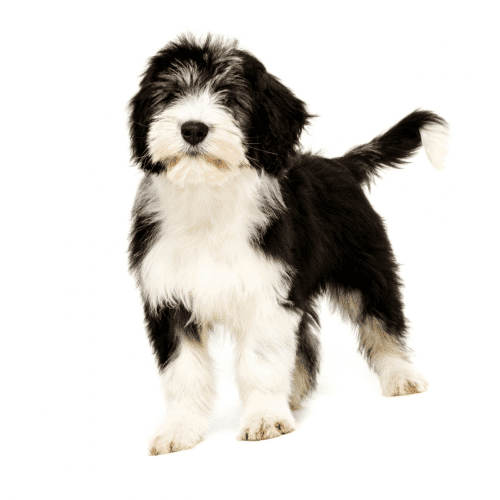

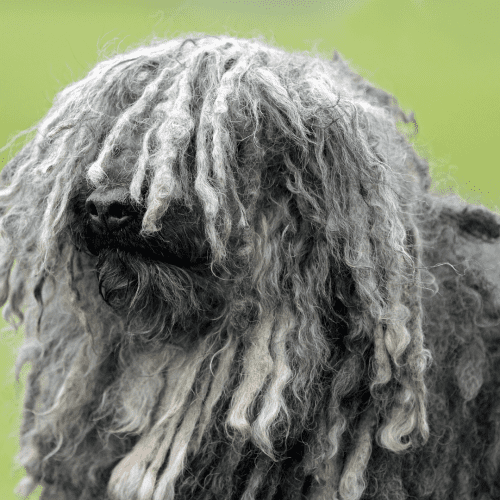

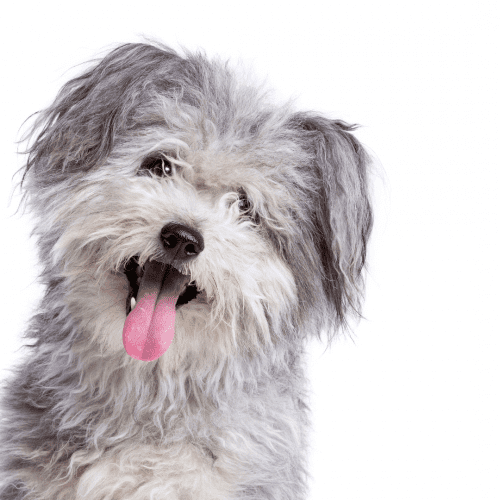

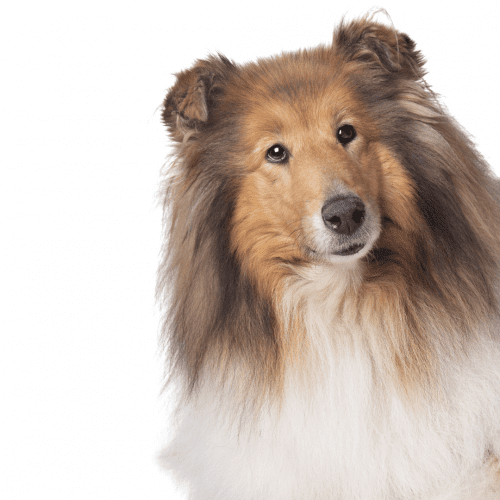
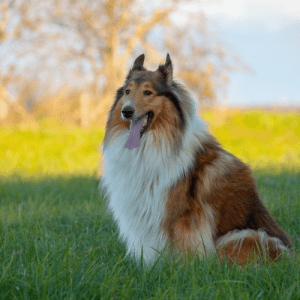
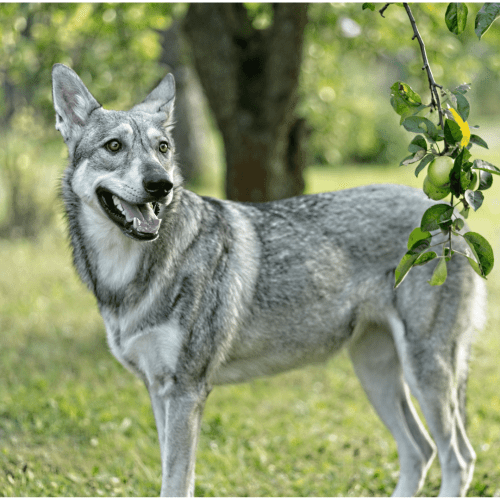

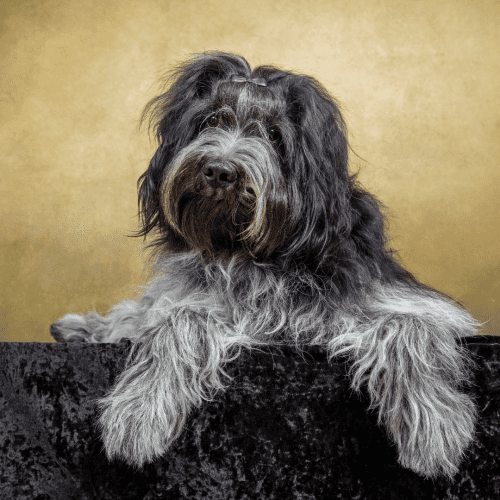

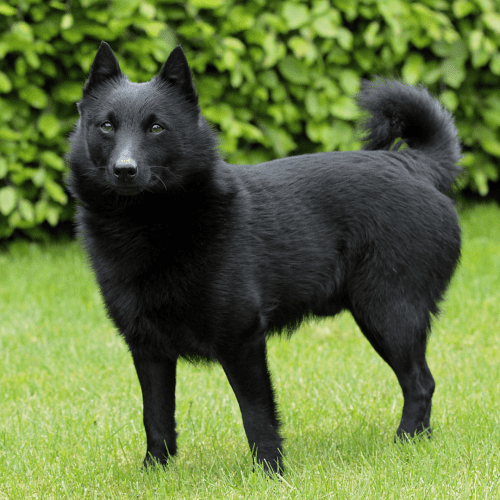

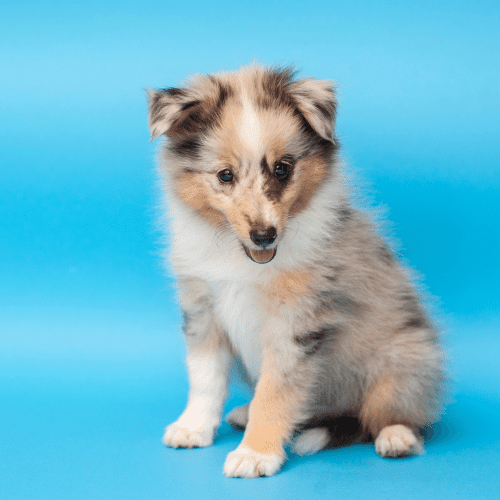
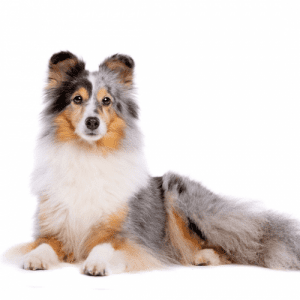 What Is The History Of The Shetland Sheepdog, aka Sheltie Dog Breed?
What Is The History Of The Shetland Sheepdog, aka Sheltie Dog Breed?